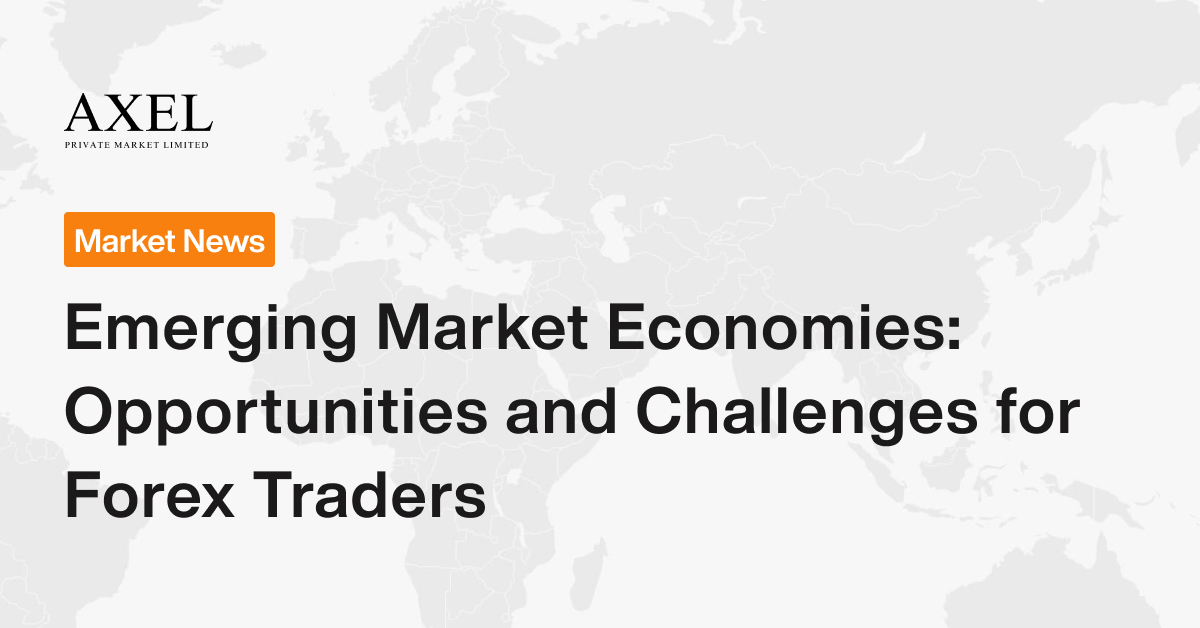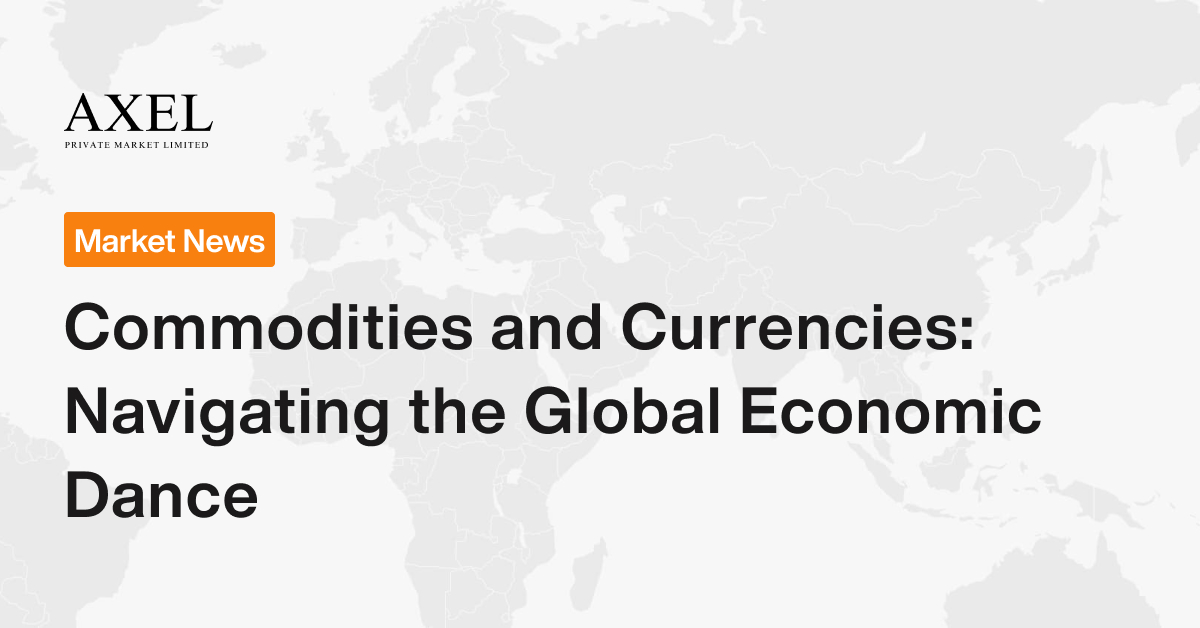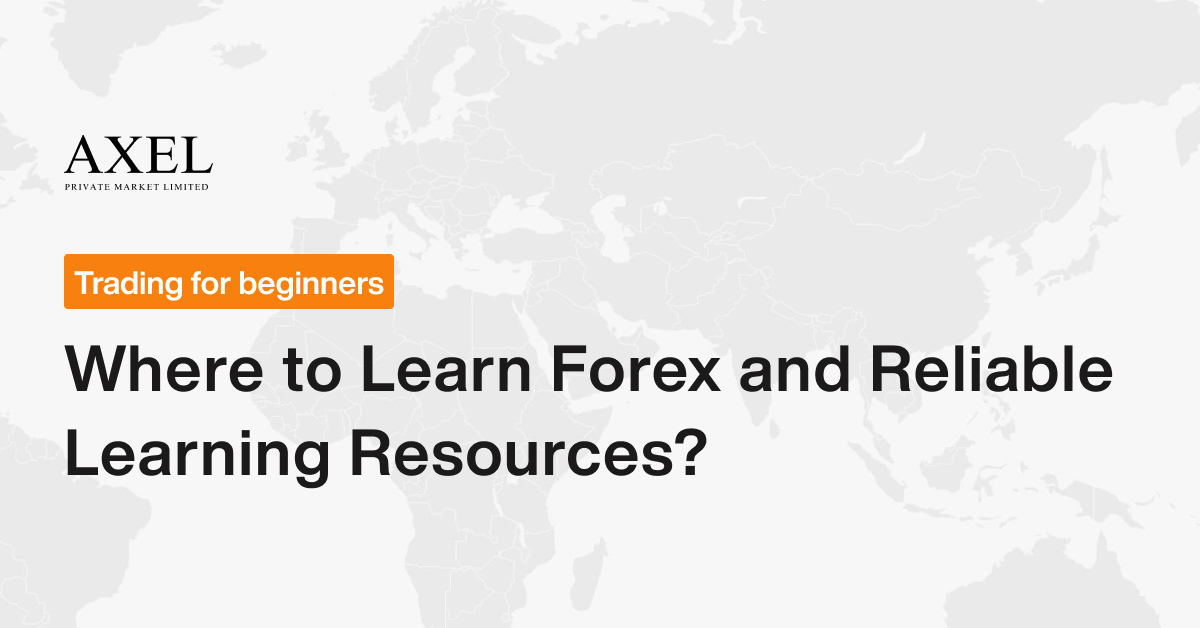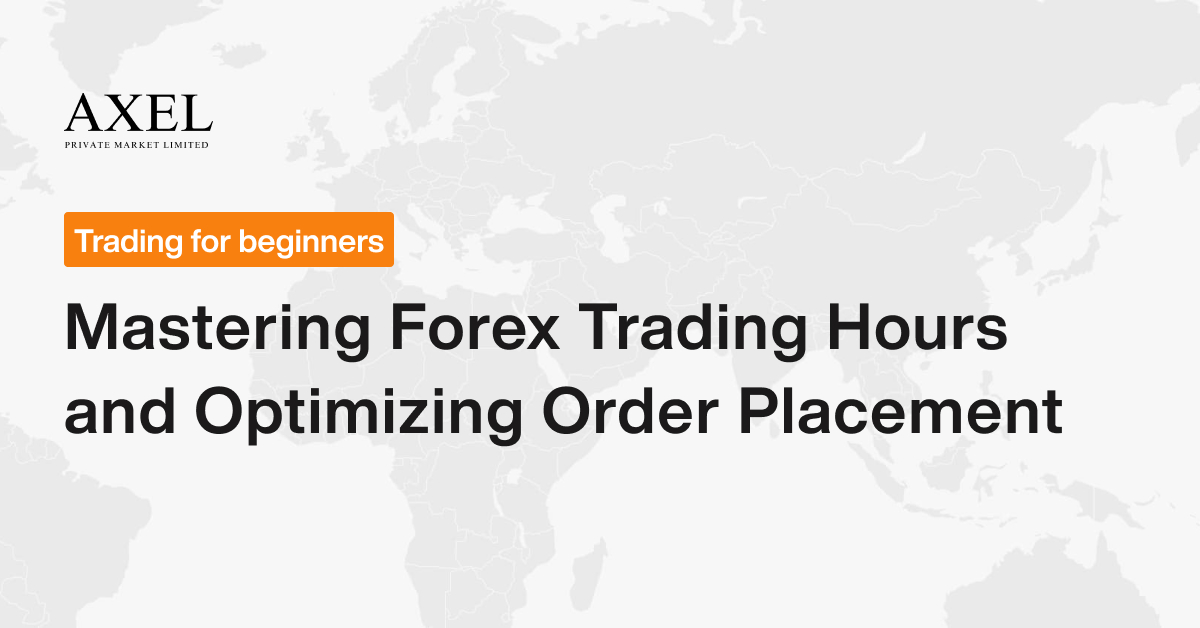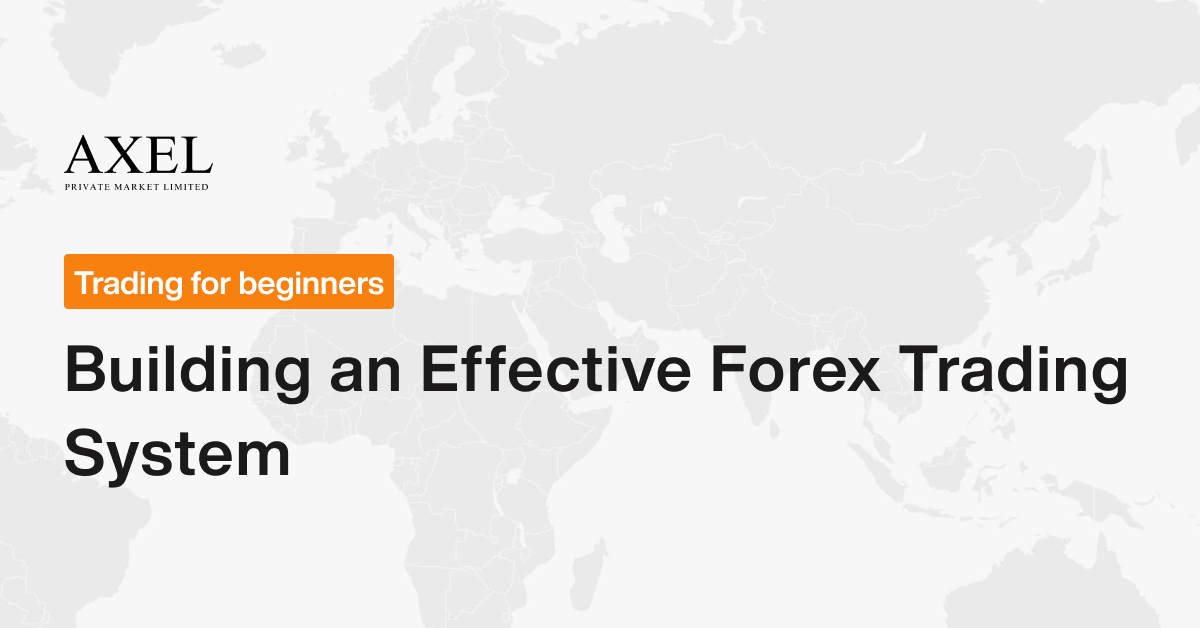INTRODUCTION
The Pivotal Role of Capital Management and Risk Control in Forex Trading
In the dynamic and volatile world of Forex trading, effective capital management and risk control are essential for long-term success. These principles serve as the foundation for building a sustainable and profitable trading strategy, helping traders navigate the inherent uncertainties of the currency markets.
The term “capital management” refers to the prudent allocation and preservation of your trading funds, while “risk control” encompasses the strategies and techniques used to mitigate potential losses. Mastering these concepts is crucial for Forex traders, as they directly impact your ability to weather market fluctuations, recover from drawdowns, and ultimately, achieve your financial goals.

Capital management and risk control should be viewed as integral components of a holistic trading approach, rather than merely isolated tactics. By integrating these principles into your overall trading plan, you can enhance your decision-making, manage your emotions, and maintain a disciplined mindset – all of which are essential for navigating the Forex market successfully.
Key Concepts and Principles
What are the fundamental concepts and principles that underpin effective capital management and risk control in Forex trading? Understanding these core ideas will provide you with a solid foundation for developing and implementing robust risk management strategies.
At the heart of capital management and risk control lie principles such as position sizing, leverage management, drawdown control, and risk-to-reward ratio optimization. By aligning these principles with your trading objectives and risk tolerance, you can build a trading approach that balances potential rewards with prudent risk management.
The structural relationship between capital management and risk control is symbiotic – the way you allocate and manage your trading capital directly influences your ability to control and mitigate the risks inherent in Forex trading. Mastering this interconnected relationship is crucial for achieving sustainable trading success.
In the sections that follow, we will delve deeper into the various aspects of capital management and risk control, equipping you with the knowledge and strategies to navigate the Forex market with confidence and discipline.
UNDERSTANDING FOREX TRADING RISKS
Navigating the Forex market requires a comprehensive understanding of the various risks involved. As a trader, it is essential to be aware of these potential pitfalls and develop strategies to mitigate them. Let’s explore the key risks that Forex traders must consider.
Market Risk
Market risk refers to the uncertainty and volatility inherent in the Forex market, where currency prices can fluctuate rapidly due to a multitude of economic, political, and global factors. Effectively managing market risk is crucial for preserving your trading capital and minimizing potential losses.
The unpredictable nature of the Forex market poses a constant challenge for traders. Sudden, unexpected movements in currency pairs can quickly erode your trading profits if you are not prepared to handle such market volatility.
Market risk should be viewed within the broader context of your overall trading strategy and risk management framework. Developing a deep understanding of the factors driving currency price movements, as well as employing appropriate risk mitigation techniques, can help you navigate the market’s fluctuations with greater confidence.
Leverage Risk
How does leverage, a powerful tool in Forex trading, also introduce a significant risk factor? Leverage allows traders to control a large position with a relatively small amount of capital, but it can also amplify both potential profits and losses.
Excessive or improper use of leverage can expose traders to the risk of substantial losses, especially in volatile market conditions. Carefully managing your leverage levels, in accordance with your risk tolerance and trading strategy, is crucial for maintaining control over your trading outcomes.
The relationship between leverage and risk is a fundamental consideration in Forex trading. By understanding the structural impact of leverage on your trading positions, you can develop a more nuanced approach to position sizing and risk management.
Counterparty Risk
Counterparty risk refers to the potential for your Forex broker or liquidity provider to default or fail to fulfill their contractual obligations. This risk can arise from factors such as poor financial health, fraudulent activities, or regulatory changes within the Forex industry.
Counterparty risk should be evaluated within the broader context of your broker selection process and the overall trustworthiness of your trading platform. Conducting due diligence, diversifying your funds across multiple reputable brokers, and staying informed about industry regulations can help mitigate this risk.
Liquidity Risk and Operational Risk
In addition to market, leverage, and counterparty risks, Forex traders must also be aware of liquidity risk and operational risk. Liquidity risk refers to the potential difficulty in executing trades due to insufficient market depth or trading volume. Operational risk, on the other hand, encompasses human errors, technology failures, and other process-related issues that can disrupt your trading activities.
Understanding the lexical and structural relationships between these various risk factors can help you develop a comprehensive risk management strategy. By anticipating and mitigating these risks, you can better protect your trading capital and increase your chances of long-term success in the Forex market.
PRINCIPLES OF EFFECTIVE CAPITAL MANAGEMENT
Effective capital management is the foundation of a successful Forex trading strategy. By adhering to sound principles and practices, you can protect your trading funds, mitigate risks, and enhance your long-term profitability. Let’s delve into the key principles of capital management in Forex trading.
Determining Your Trading Capital
The first step in capital management is to determine the appropriate amount of trading capital you can allocate. This decision should be based on your overall financial situation, risk tolerance, and the size of your investment portfolio.
It’s crucial to avoid overextending your capital or investing more than you can afford to lose. Striking the right balance between available funds and risk exposure is essential for maintaining a sustainable trading approach.
Determining your trading capital should be viewed within the broader context of your financial goals and personal circumstances. Factors such as your income, expenses, and other investments should all be considered when deciding on the appropriate trading capital.
Calculating Appropriate Position Sizes
How do you determine the optimal position size for your Forex trades? Position sizing is a critical component of capital management, as it directly impacts the potential risks and rewards of your trading activities.
By leveraging principles such as the fixed-risk or percentage-of-capital approach, you can calculate position sizes that align with your risk tolerance and trading strategy. This ensures that your exposure to the market remains within your predefined risk limits.
The relationship between position size and risk is a fundamental concept in Forex trading. Understanding how to structure your trades in a way that balances potential rewards with controlled risk is essential for preserving your trading capital.
Diversifying Your Portfolio
Diversification is a crucial principle of effective capital management. By spreading your trading capital across multiple currency pairs, you can reduce your exposure to the idiosyncratic risks associated with any single market.
Portfolio diversification should be viewed as a risk management strategy that enhances the resilience of your trading approach. By mitigating the impact of market volatility and unexpected events, diversification can help you weather downturns and maintain a more stable trading performance.
Managing Your Risk-to-Reward Ratio
The risk-to-reward ratio is a critical metric that guides your trade selection and position sizing decisions. By consistently aiming for a favorable risk-to-reward ratio, you can increase your chances of generating positive long-term trading results, even if individual trades may not always be profitable.
The relationship between risk and reward is a fundamental principle in Forex trading. Understanding how to structure your trades to achieve an optimal risk-to-reward ratio is essential for building a sustainable and profitable trading strategy.
By incorporating these principles of effective capital management into your Forex trading approach, you can lay the foundation for a disciplined and risk-aware trading journey, positioning yourself for long-term success in the dynamic currency markets.
IMPLEMENTING RISK CONTROL STRATEGIES
Effective risk control is a fundamental pillar of successful Forex trading. By employing a range of risk management tools and techniques, you can protect your trading capital, minimize potential losses, and enhance your overall trading performance. Let’s explore the key risk control strategies that every Forex trader should master.
Setting Stop-Loss Orders
Stop-loss orders are a crucial risk management tool that automatically close your trading position when the market reaches a predetermined price level. By setting appropriate stop-loss levels, you can limit your potential losses and maintain control over your risk exposure.
The effective use of stop-loss orders requires a deep understanding of their functionality and the factors that influence their execution. Properly placing and managing stop-loss orders can help you navigate market volatility and protect your trading capital.
Stop-loss orders should be viewed as an integral component of your overall risk management strategy, rather than an isolated tactic. Aligning your stop-loss levels with your trading objectives, risk tolerance, and market conditions can help you achieve a balanced and disciplined approach to Forex trading.
Using Take-Profit Orders
How can take-profit orders complement your risk control strategies in Forex trading? Take-profit orders enable you to automatically close your positions at predetermined price levels, locking in your trading gains and managing your overall risk-to-reward ratio.
The strategic placement of take-profit orders, in conjunction with stop-loss orders, can help you maintain a balanced and systematic approach to trade management. By defining your profit targets upfront, you can better manage your expectations and emotions during the course of a trade.
The relationship between stop-loss and take-profit orders is a fundamental aspect of Forex trade management. Understanding how to effectively structure these two order types can help you implement a comprehensive risk control framework that aligns with your trading strategy and risk tolerance.
Implementing Trailing Stop-Loss Orders
Trailing stop-loss orders are a more advanced risk control technique that dynamically adjust your stop-loss level as the market moves in your favor. This allows you to protect your trading profits while still participating in favorable market movements.
Trailing stop-loss orders should be viewed as a flexible and adaptive risk management tool that can help you navigate the dynamic nature of the Forex market. By effectively implementing this strategy, you can strike a balance between risk mitigation and capturing potential upside.
Employing Risk-to-Reward Ratios
The risk-to-reward ratio is a critical metric that guides your trade selection and position sizing decisions. By consistently aiming for a favorable risk-to-reward ratio, you can increase your chances of generating positive long-term trading results, even if individual trades may not always be profitable.
The relationship between risk and reward is a fundamental principle in Forex trading. Understanding how to structure your trades to achieve an optimal risk-to-reward ratio is essential for building a sustainable and profitable trading strategy.
By mastering these risk control strategies and incorporating them into your Forex trading approach, you can enhance your ability to navigate the currency markets with greater confidence and discipline, ultimately positioning yourself for long-term trading success.
CONCLUSION
As we conclude our exploration of capital management and risk control in Forex trading, let’s reflect on the key takeaways and encourage you to develop a robust risk management approach.
Key Takeaways
Effective capital management and risk control are the bedrock of a successful Forex trading strategy. By understanding and implementing the principles we’ve discussed, you can position yourself for long-term trading success and protect your hard-earned capital.
The core concepts covered in this guide, including position sizing, leverage management, drawdown control, and risk-to-reward ratio optimization, are essential for building a disciplined and risk-aware trading mindset.
Capital management and risk control should be viewed as integral components of your overall trading plan, rather than isolated tactics. By integrating these principles into your decision-making process, you can enhance your ability to navigate the dynamic Forex market with confidence.
Developing a Robust Risk Management Approach
How can you take the next steps in developing a comprehensive risk management approach for your Forex trading activities? Continuous education, backtesting, and regular review of your trading performance are key to refining and optimizing your risk control strategies.
Remember, risk management is not a one-time event, but a continuous process that requires ongoing vigilance, adaptation, and a commitment to disciplined trading. By regularly reviewing and refining your capital management and risk control strategies, you can build a more resilient and sustainable trading approach.
The structural relationship between capital management and risk control is symbiotic – the way you allocate and manage your trading capital directly influences your ability to control and mitigate the risks inherent in Forex trading. Mastering this interconnected relationship is crucial for achieving long-term trading success.
FAQs
Q: How do I determine the appropriate amount of trading capital?
A: When determining your trading capital, consider your overall financial situation, risk tolerance, and the size of your investment portfolio. Avoid overextending your capital or investing more than you can afford to lose.
Q: What is the importance of position sizing in Forex trading?
A: Position sizing is a critical component of capital management, as it directly impacts the potential risks and rewards of your trading activities. By calculating appropriate position sizes based on principles like fixed-risk or percentage-of-capital, you can structure your trades to align with your risk tolerance.
Q: How can I effectively manage leverage in Forex trading?
A: Leverage is a double-edged sword – it can amplify your potential profits, but also your potential losses. Carefully manage your leverage levels in accordance with your risk tolerance and trading strategy to avoid excessive exposure to the market.
Remember, the journey to Forex trading success is a continuous one. By developing a robust risk management approach and constantly refining your strategies, you can navigate the currency markets with greater confidence and discipline, ultimately positioning yourself for long-term trading success.
